© 2001 The Independent Fact Group
![]()
![]()
©
2001 The Independent Fact Group
Our intention with this riddle is not to prove conclusive evidence
for any scenario. We only want an answer to why the damage on
the starboard side of the front bulkhead is of a different
type in relation to the corresponding damage on the port side.
We are convinced that the plastic deformation on the starboard
front bulkhead CANNOT be the result from mechanical contact between
the visor and the bulkhead.
Background
The visor (presently located in the port of Södertälje, Sweden) show extensive damage. We have in earlier reports, "Recovery damage to the visor" (1700 K pdf) (or excerpt) reported on the damage of the visor. This riddle comprises two specific areas of the ship front bulkhead and the corresponding two areas on the visor. It is the area around the oval holes for the visor side locks and manual locking of the visor.
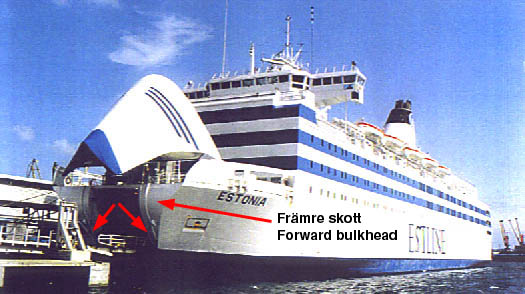
Picture 1. Two double hooks reached in through the forward bulkhead (the wall against the visor) on each side of the opening/tunnel in to the car deck.
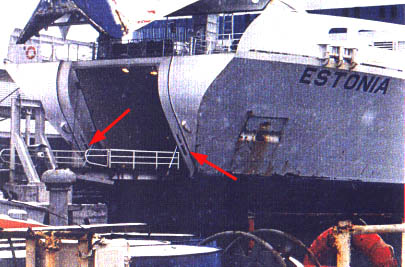
Picture 2. They reached in through the oval holes and an eyebolt with nut could be attached though lock the visor as an extra locking.
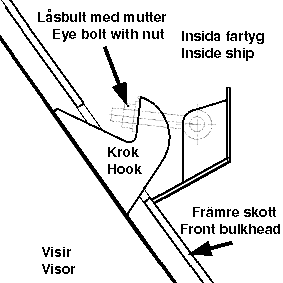
Picture 3. A cross cut of the manual locking seen from the port side of the ship. These lockings were probably not in use on the fatal night of the disaster. This uncertainty is the result from our proven knowledge that the visor did not "fall of" like suggested by the JAIC.
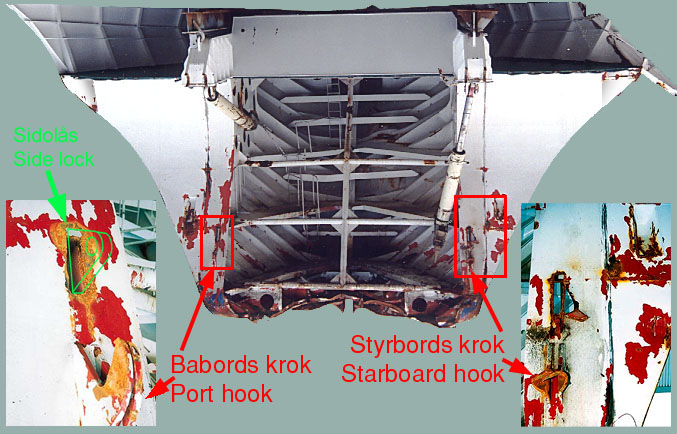
Picture 4. The visor as seen from behind. The enlargements shows the manual locking hooks of the starboard and port sides. Each hook was made by two similar plates welded besides each other, forming the complete hook. The port side hook is, as can be seen, almost undamaged. Some paint has disappeared and the plates have been pressed toward each other at their very top. The starboard hook however, has been severely damaged, where the hook has been deformed by a force that acted down relative to the visor. The position of the port visor side lock lug has been indicated by green text and lines. The port and starboard side lock lugs are still "in position" at the ship.
M/V Estonia. Photographs from the diving investigation by Bemis/Rabe August 2000.
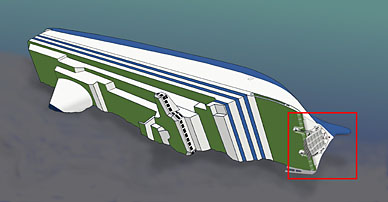
Picture 5. The ship rest on the starboard side with a starboard list of approx. 125°. The visor was located within the red marking in the picture (the bow of the ship).
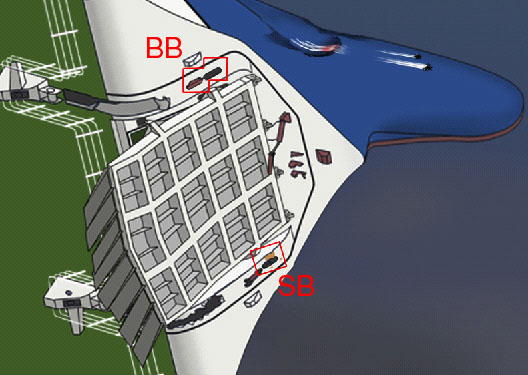
Picture 6. Our graphic describes the two areas covered in this riddle. It is the port hole for the manual locking marked BB, and the corresponding starboard hole marked SB. The red marking correspond with the positions of the photos below.
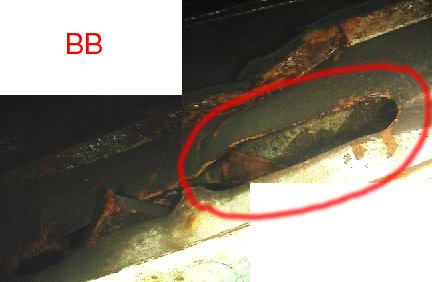
Picture 7. The plate around the oval hole (the bulkhead plating) on the port side is almost undamaged. The dislocated original visor locking lug can be seen reaching out of the bulkhead just to the left in the picture.
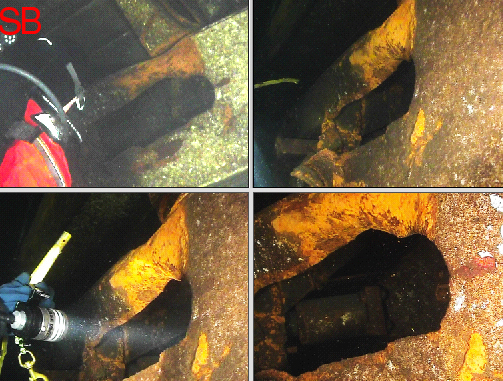
Picture 8. The corresponding plating around the hole for the starboard hook show extensive damage. The plating has been softly deformed with no sharp marks from mechanical contact. It can clearly be seen in the yellow areas of the pictures (see also picture 9, surface and contour trace). To the left in the pictures a diver with tools can be seen. Soft deformation - both inward and outward relative to the plating surface - cannot be a result of mechanical contact. The damage would in that case at least have been of a similar type at the port side. All paint and rust protection are gone in this yellow area. The brown spots are a thin layer of silt on the white plating, best seen in the first picture of the suite (upper left). It is also interesting to note that these rust area has a slightly more yellow precipitation than the one found on the port side plating. This same pattern difference in precipitation, can also be seen between the starboard and port side on the visor (see the details in picture 10).
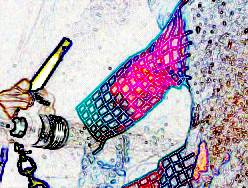
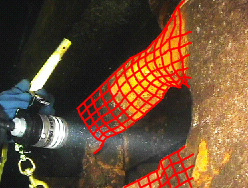
Picture 9. Surface and contour trace. The surface has been
analysed by a computer and a red net has been added to demonstrate
the structural damage.
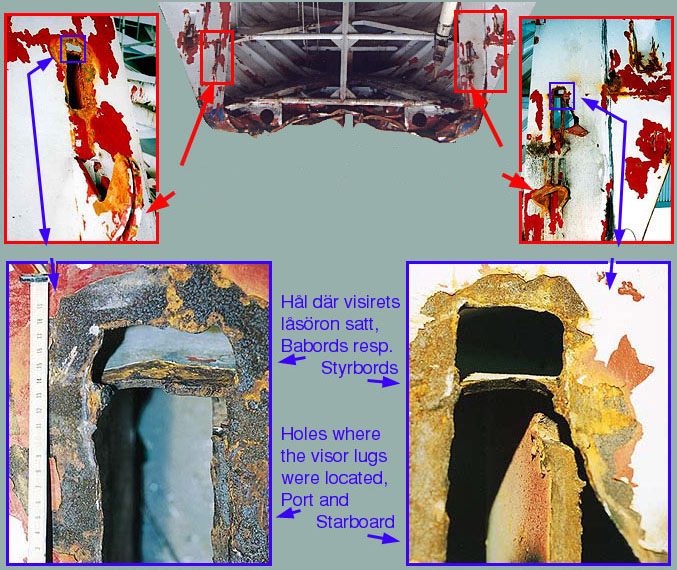
Picture 10. Details from the visor photographed immediately after the visor was recovered to the harbour of Hangö. We can see the holes where the locking lugs for the visor used to be. This pictures clearly shows a difference in precipitation in the area just around the holes for the lugs. The plating around the port hole only show small fragment of rust, though the corresponding area around starboard hole has a clear yellow precipitation, that also can be seen in pictures 7 and 8. This indicate that different factors have played a role when the locking lugs were detached from the visor port respectively starboard side.
Conclusion and questions
It is obvious that the damage around the starboard and port side locking lugs are different. The damage around the starboard side hole on the bulkhead, cannot have been caused by mechanical contact between the visor and the bulkhead during the detachment of the visor. It is also obvious that there is a difference in precipitation in the area immediately around the lug-holes, both on the ship and on the visor. This was evident already when the visor was recovered back in 1994.
If the damage on the starboard side was not caused by mechanical contact, then what caused it?
Which other factors, besides intense heat and/or chemical substances, could in this case have affected the plating caused a yellow precipitation as seen on the starboard side of the bulkhead and visor?